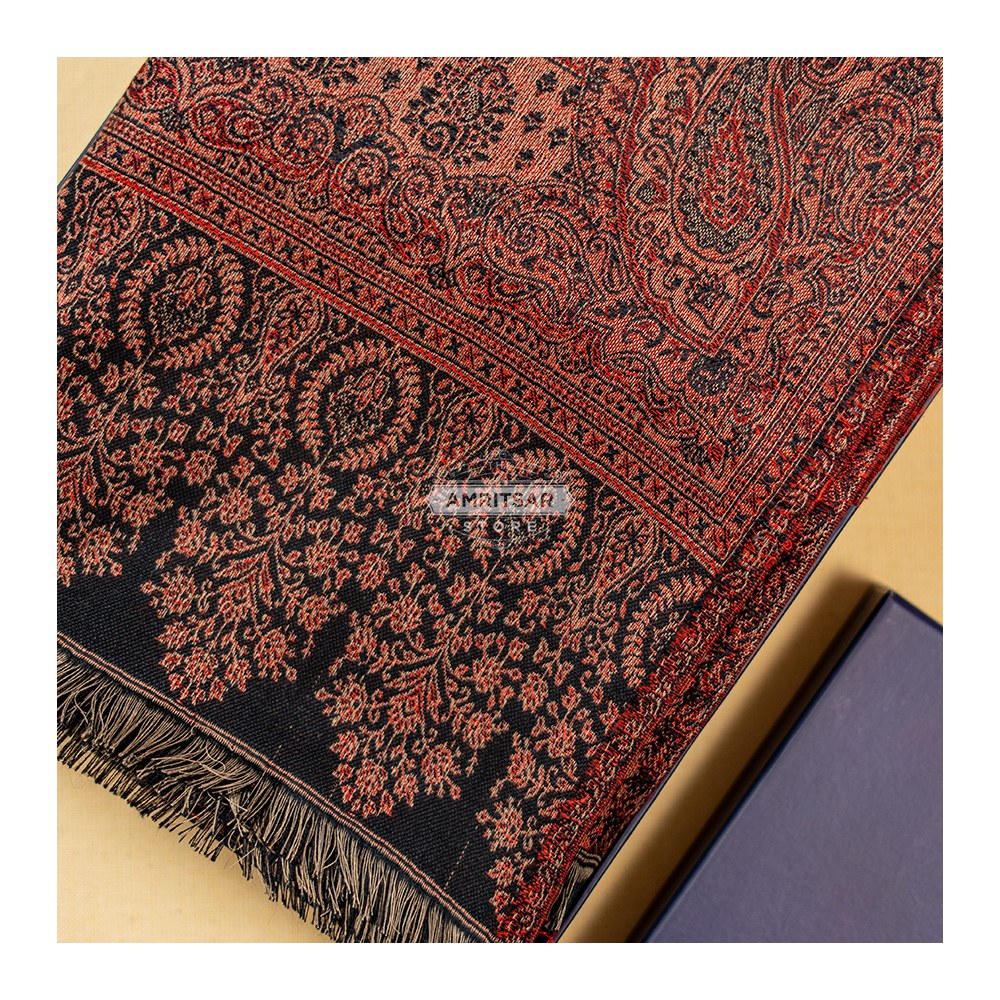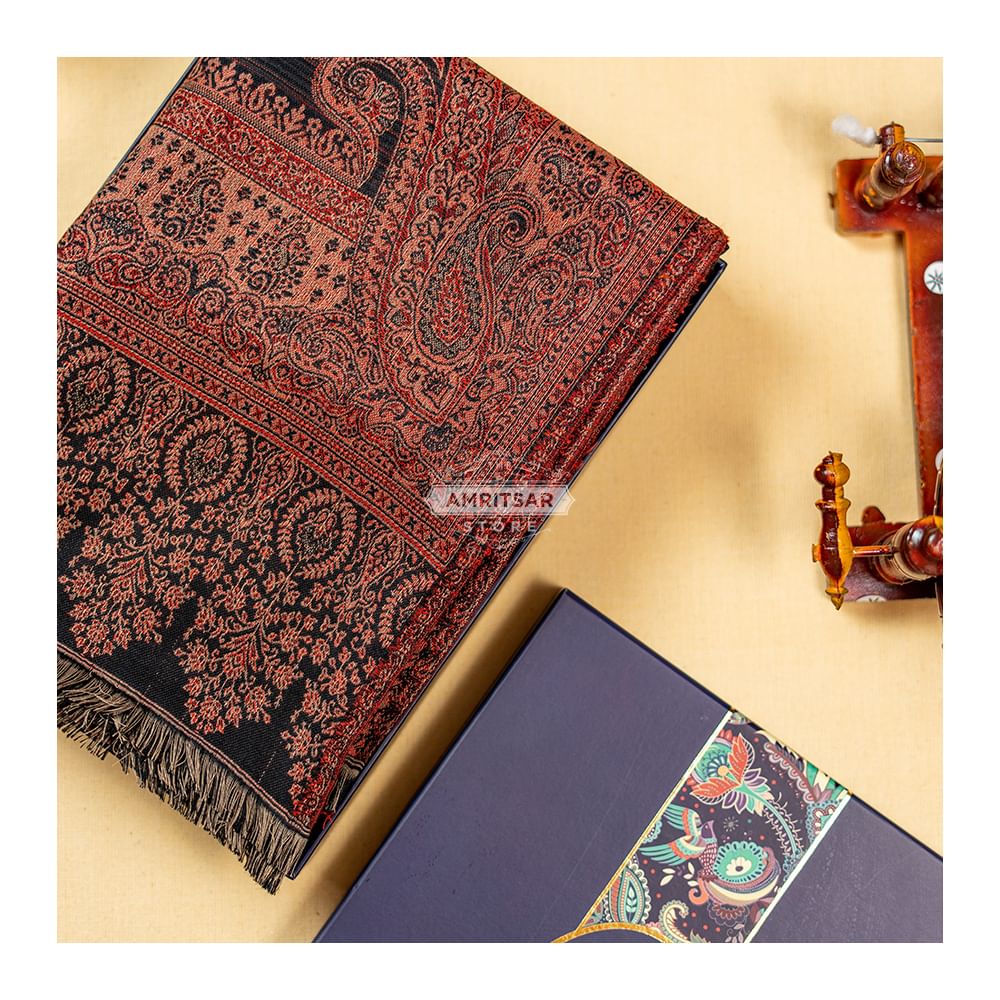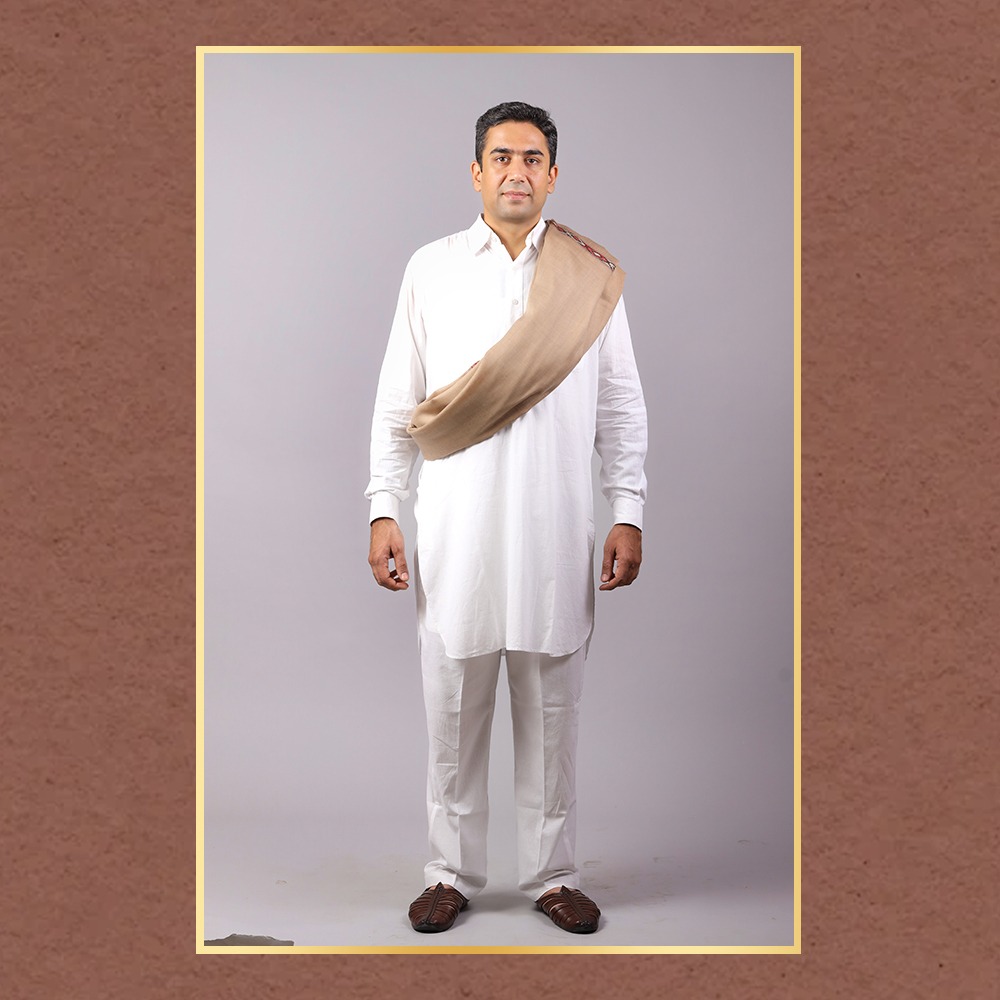5 Interesting Facts About Pashima Shawls
Introduction:
Pashmina shawls are renowned for their exquisite beauty, luxurious softness, and timeless elegance. Originating from the Kashmir region, these fine woolen wraps have captured the hearts of fashion enthusiasts and connoisseurs worldwide. Beyond their aesthetic appeal, Pashmina shawls possess a rich history and craftsmanship that make them truly remarkable. In this article, we delve into five interesting facts about Pashmina shawls that will deepen your appreciation for these coveted accessories.
Fact 1: The Origin of Pashmina Shawls Pashmina shawls trace their roots back to the Himalayan region of Kashmir, where they have been crafted for centuries. The term "Pashmina" is derived from the Persian word "pashm," meaning "soft gold." This refers to the fine wool derived from the underbelly of Changthangi goats, a special breed found in the high altitudes of the Himalayas. The harsh climate and extreme temperatures in these regions contribute to the growth of this exceptional wool, renowned for its warmth, lightness, and unmatched softness.
Fact 2: The Intricate Weaving Process Crafting a Pashmina shawl is a labor-intensive art form that requires the expertise of skilled artisans. The wool is carefully collected from the Changthangi goats during the molting season when they naturally shed their winter coat. The delicate fibers are then hand-spun and woven using traditional techniques, often on handlooms. The intricate weaving process involves meticulous attention to detail, resulting in the creation of a fine, lightweight fabric with a characteristic lustrous finish.
Fact 3: The Pashmina Fiber and Its Exceptional Qualities Pashmina shawls are cherished for their exceptional qualities. The natural fibers of Pashmina are incredibly fine, measuring between 12 to 16 microns in diameter. This makes them finer than human hair, contributing to the shawl's unmatched softness and lightweight feel. Despite their delicate nature, Pashmina fibers are highly insulating, providing warmth in colder climates while remaining breathable in milder temperatures. Additionally, the wool's moisture-wicking properties make Pashmina shawls comfortable to wear throughout the year.
Fact 4: The Time-Intensive Embroidery and Design Work Pashmina shawls often feature intricate embroidery and design work, adding to their allure. Skilled craftsmen spend countless hours meticulously hand-embroidering exquisite patterns onto the fabric. Popular embroidery styles include the elaborate and ornate Kani embroidery, which involves weaving vibrant motifs into the shawl using a traditional wooden loom. Other techniques, such as Sozni and Aari embroidery, showcase delicate floral and paisley designs. These intricate embellishments are a testament to the craftsmanship and artistry involved in creating each Pashmina shawl.
Fact 5: The Symbol of Elegance and Timeless Fashion Pashmina shawls have long been associated with elegance and style. Their versatility allows them to be draped in various ways, whether as a shawl, stole, or scarf, complementing both traditional and contemporary outfits. The fine texture and intricate designs of Pashmina shawls make them a coveted accessory for special occasions, adding a touch of sophistication and grace. Celebrities, fashion icons, and discerning individuals worldwide have embraced Pashmina shawls as timeless fashion statements.
So if you want to purchase original Pashmina Shawls then order from us
Conclusion: Pashmina shawls embody a harmonious blend of art, craftsmanship, and natural beauty. From their origins in the Himalayan region to the intricate weaving process and delicate embroidery, these shawls showcase the dedication and skill of the artisans involved in their creation.




